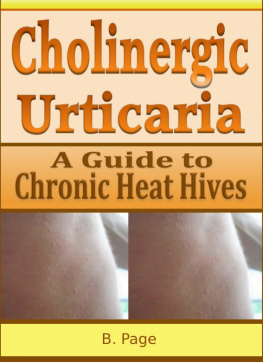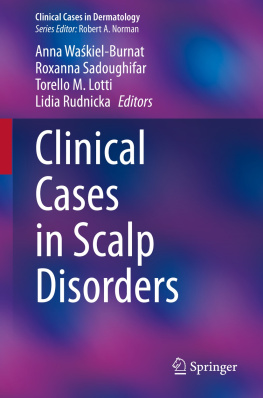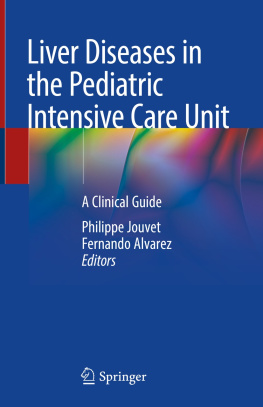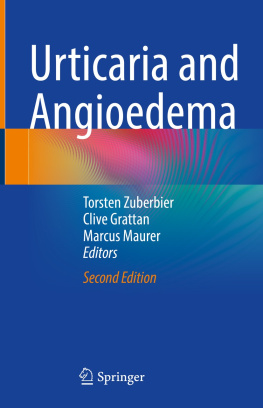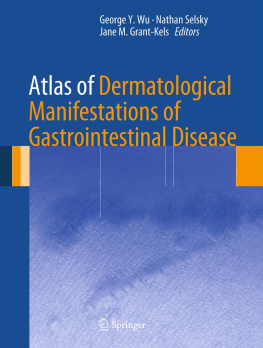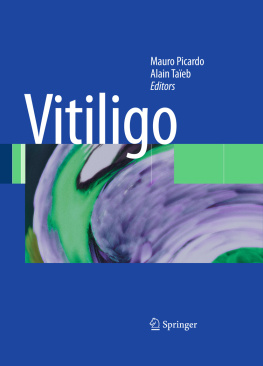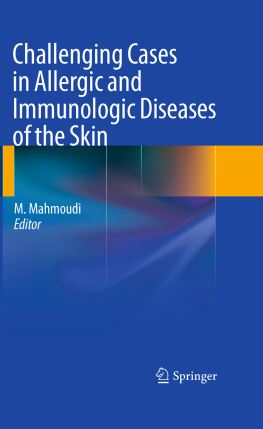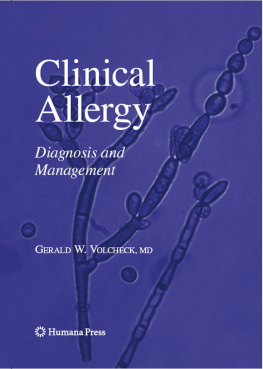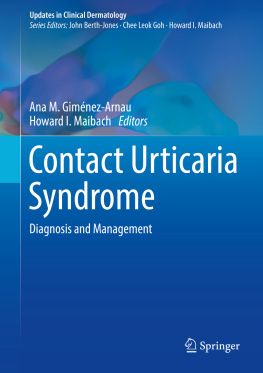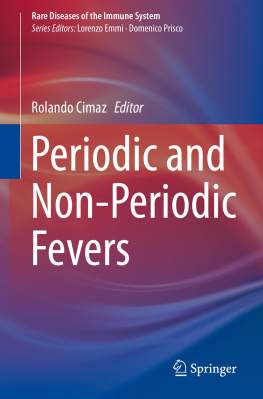1.1 Introduction
The history of urticaria divides itself conveniently into the early, clinically descriptive, and later pathophysiological eras. Much has been written on the early history of urticaria as a clinical entity, from Hippocrates in the fourth century BC to Heberden and Willan at the end of the eighteenth century AD. For useful accounts of urticaria in early Western writings, the reader is referred to publications by Czarnetzki [] and the ESHDV Special Annual Lecture entitled The History of Urticaria and Angioedema delivered by the late Lennart Juhlin in 2000, a transcript of which is available online. However, in the last hundred years, a dramatic increase in the understanding of the cellular and molecular basis of some common forms of urticaria took place, the foundations for which were laid down by pioneers in the latter years of the nineteenth century and in the early and later twentieth century. This period is the focus of the present account, which attempts to reveal to the reader a historical perspective on how we got to where we are today in urticaria.
1.2 The Cellular and Molecular Basis of Urticaria: First Steps
Although the mast cell (mastzellen) was discovered by Paul Ehrlich in 1877 [].
It was Lewis who first delineated the potency of histamine as a mediator of whealing in human skin [].
1.3 The Enigma of Chronic Idiopathic Urticaria
The problem of how, in urticaria, the dermal mast cell is prompted to relieve itself of its burden of histamine and other mediators has puzzled investigators in the post Second World War era. The discovery and characterisation of the reaginic IgE immunoglobulin by Ishizaka [] between dermal mast cell-bound IgE and specific allergen leading to release of histamine and other mast cell-derived mediators. However, the aetiology and pathogen-esis of chronic idiopathic urticaria (CIU) remained obscure and even in the twenty-first century there remain numerous unanswered questions. Why do the dermal mast cells degranulate explosively in a seemingly random way with no evident triggering factor?
In the 1960s and 1970s, attempts were made, mainly in Europe, to popularise the role of common food additives, colouring agents and preservatives such as tartrazine, sodium benzoate, and antioxidants as aetiological agents in CIU. Protagonists of this theory included Juhlin, Doeglas and Warner [], remains controversial.
Foci of infections are always liable to be invoked to explain otherwise inexplicable relapses in any chronic diseases, and chronic urticaria is no exception. The literature contains numerous usually anecdotal accounts of patients with severe chronic and recalcitrant urticaria who made a dramatic recovery following removal of an infected gallbladder/ tooth, or treatment of an infected sinus or urinary tract. The 1980s saw the emergence of a new putative microbial culpritHelicobacter pylori. Because of its ubiquity, especially in European populations, it was frequently found in patients with CIU. When patients with Helicobacter were treated, some got better both from the infection and from the urticaria. Although carefully controlled studies have not substantiated an aetiological relationship between H pylori and urticaria despite its frequency in these patients [].
The notion that antibodies may be causative in CIU is an old one. As long ago as 1962, Rorsman, a Swedish dermatologist, reported the striking basopenia in chronic urticaria and remarked on its absence in physical urticarias. He also pointed out that In cases where the basopenia is marked it appears probable that antigenantibody reactions bring about degranulation of basophil leukocytes []. However, at this juncture there was no convincing evidence that any autoantibodies found in CIU were anything more than passive bystanders in the pathogenesis of this disorder.
Against this background, an important observation was made in 1986 by Grattan [] supported the view that these autoantibodies are the cause of the whealing in those patients that have them. Although autoimmune urticaria has yet to justify, in a strict sense, its designation as an autoimmune disease (there is no animal model), these advances have for the first time put the investigation and treatment of chronic urticaria on a sound scientific basis. Lack of a convenient specific and sensitive screening test for autoimmune urticaria remains the main drawback to further progress.
1.4 Treatment of Urticaria: Antihistamines
Fortunately, most patients with chronic urticaria, whatever the cause, can be effectively managed by H1 antihistamines. These were first characterised by Bovet and Staub [], they were small and in any case their use was largely superseded by the advent of second-generation antihistamines.
Second-generation H1 antihistamines, as defined by Simons [] has laid the foundation for emergence of a truly new third generation of anthistamines for clinicians and patients alike to look forward to.
Future developments in the diagnosis and management of urticaria have also been greatly encouraged by the recent establishment of European Guidelines for definition, classification, diagnosis and management of urticaria []. These should also give much needed help to clinicians faced with investigation and treatment of urticaria.


